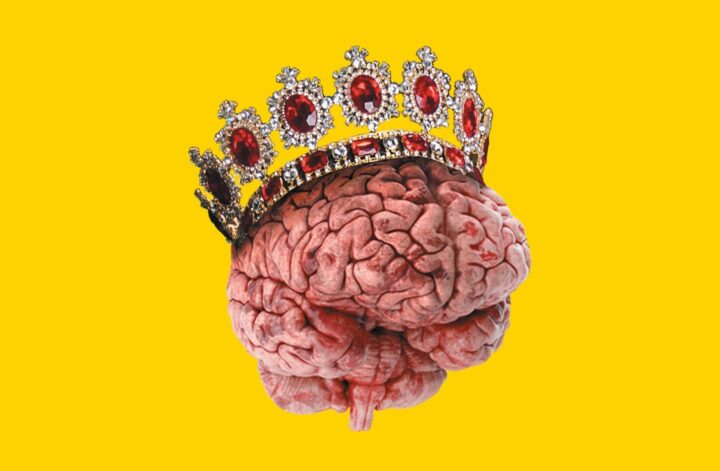“Você já foi num restaurante, pegou mais comida do que devia e depois ficou com pena de jogar fora e acabou comendo mesmo já estando empanzinado? Ou foi no cinema, pagou pelo ingresso, o filme era uma porcaria, e mesmo assim você ficou até o final.
Esse fenômeno psicológico tem nome: Falácia dos Custos Irrecuperáveis.
Significa que se as pessoinhas humanas já investiram muito tempo ou dinheiro em algo, estarão mais propensas a continuar investindo mais, tendo cada vez mais dificuldade de abandoná-lo.
Porque, é claro, ninguém gosta de desperdiçar tempo nem dinheiro. E nossas decisões não são puramente racionais e somos influenciados por nossas emoções.
Pensando em uma startup, nos negócios, podemos usar esse efeito psicológico para reter o usuário, e fazer com que a mente dele nos ajude a mantê-lo usando nossos serviços.
Através do UX Design, você pode, por exemplo, mostrar ao usuário o que ele fez, construiu, criou, organizou… então, quanto mais ele perceber que está imerso em seu produto, mais ele ficará envolvido, menos tenderá a abandoná-lo. Deixe-o testar o produto por um bom tempo, depois cobre.”
Assista a mais vídeos sobre Psicologia aplicada ao UX Design e vieses cognitivos no canal Design From Human.
🇺🇸 English version
“Have you ever been to a restaurant, took more food than you should have, and then felt sorry for throwing it away and ended up eating even though you were already stuffed? Or went to the cinema, paid for the ticket, the movie was crap, and you still stayed until the end.
This psychological phenomenon has a name: Sunk Cost Fallacy.
It means that if humans have already invested a lot of time or money in something, they will be more likely to continue investing more, finding it increasingly difficult to abandon it.
Because, of course, nobody likes to waste time or money. And our decisions are not purely rational and we are influenced by our emotions.
Thinking of a startup, in business, we can use this psychological effect to retain users and make their minds help us to keep them using our services.
Through UX Design, you can, for instance, show the user what she has done, built, created, organized… so the more she realizes that she is immersed in your product, the more she will be involved, the less the user will tend to abandon it. Let her test the product for a good while, then charge.”
Watch more videos on Psychology applied to UX Design and cognitive biases on the Design From Human channel.
